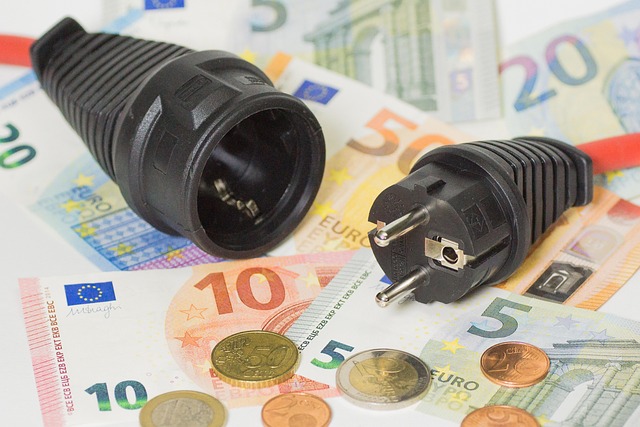The pressing need for sustainable development has never been clearer, especially as concerns surrounding energy costs and the ecological footprint continue to mount. In the quest for a more green future, innovative green technologies are emerging as powerful tools that not only reduce energy costs but also advance sustainable practices. Here are five ways these advancements are making a significant impact.
First, renewable energy sources such as solar and wind power have transformed the energy landscape. By harnessing the power of nature, households and businesses can dramatically cut down on their energy costs. Unlike fossil fuels, which fluctuate wildly in price, sustainable energy sources provide a more stable and predictable pricing model. This reliability not only makes budgeting simpler but also encourages investments in energy-efficient technologies.
Second, energy-efficient appliances are becoming increasingly prevalent in both residential and commercial sectors. These innovations, ranging from LED lighting to eco-friendly HVAC systems, significantly lower energy bill expenses while reducing one’s ecological footprint. Not only do these devices consume less electricity, but many come with incentives such as rebates, making the transition economically feasible.
Third, smart technology is leading the charge towards carbon neutrality. Smart meters and home automation systems allow consumers to monitor and control their energy usage in real-time. This not only leads to noticeable savings on energy costs but also fosters a sense of responsibility among users. As people become more aware of their consumption patterns, they are motivated to make changes that benefit both their wallets and the environment.
Fourth, advances in battery technology are enabling more efficient energy storage solutions. These innovations allow users to store excess energy generated from renewable sources for later use. This capability reduces the reliance on harmful fossil fuels during peak demand periods, thereby lowering overall energy costs and minimizing emissions. The availability of mobile energy sources also empowers communities in remote areas to access reliable electricity, further promoting sustainable development.
Finally, governments worldwide are leveraging green technologies to support sustainability initiatives. By providing tax incentives and subsidies for adopting eco-friendly practices, they are not only driving technological advancement but also fostering a culture of sustainability. These policies help make green technologies accessible to all, thus democratizing energy savings and contributing to the global shift towards carbon neutrality.
As we navigate the complexities of global energy demands, it is clear that green technologies offer promising pathways to reduce energy costs and promote sustainable development. Embracing these innovations is essential not only for our wallets but also for ensuring a healthier planet for future generations.




